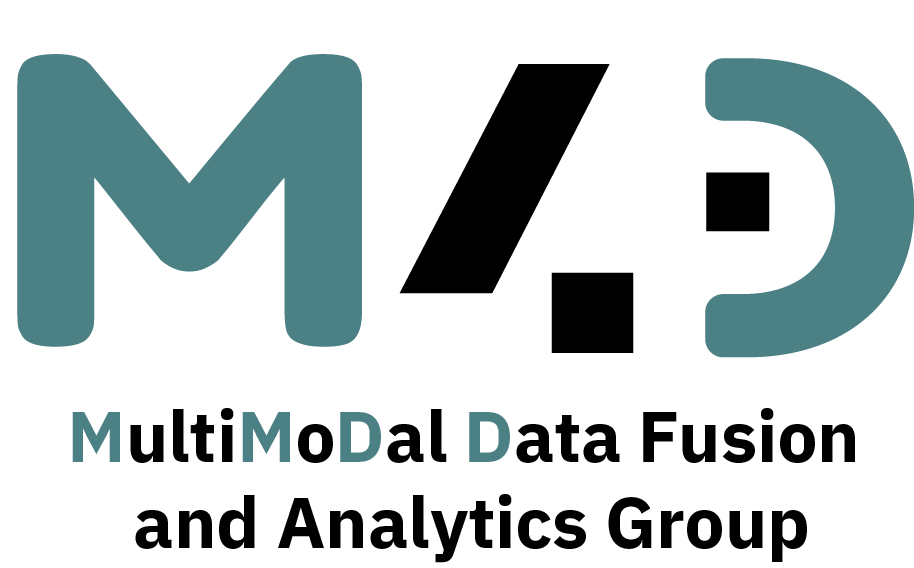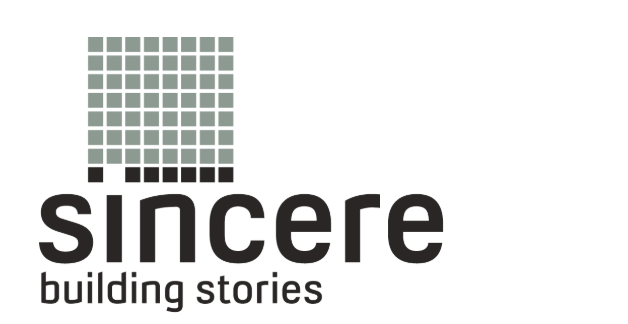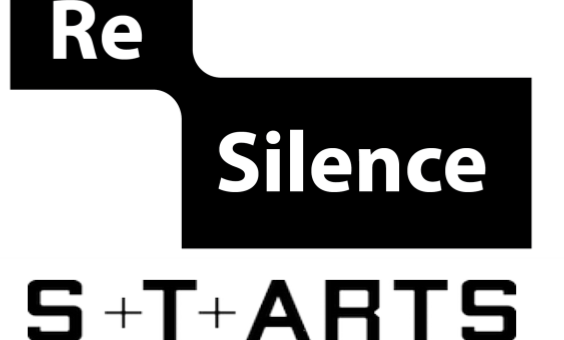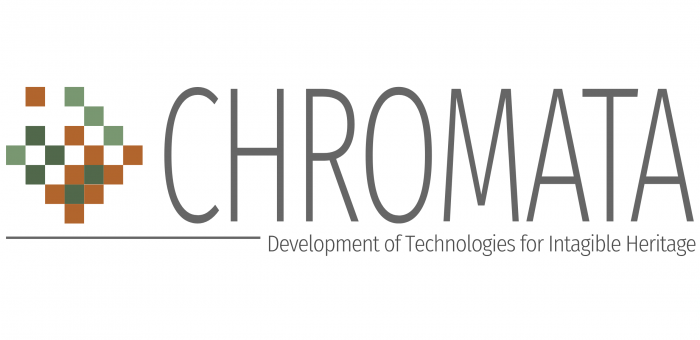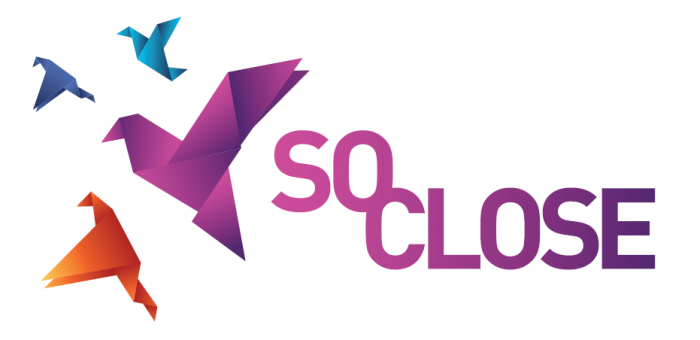
TEXTAILES
TEXTAILES TEXTile digitisAtIon tooLs and mEthodS for cultural heritage The TEXTaiLES project aims to redefine the digitisation of Cultural Heritage (CH) textile objects and the development of AI-based processing tools, establishing a standardised protocol seamlessly integrated into the European Collaborative Cloud for Cultural Heritage (ECCCH). By studying past and present practices in textile digitisation, TEXTaiLES methodically explores their strengths and limitations. The project will develop advanced tools that address the entire digitisation lifecycle of textile objects, focusing on non-destructive methods. Using robotic, cost-effective multi-sensor solutions, TEXTaiLES ensures the preservation of artefacts during digitisation, complemented by reliable data analysis workflows. The project integrates state-of-the-art AI technologies to illuminate the intricate details of textiles. From revealing their weaving patterns and microstructures to identifying degradation factors, the AI-driven toolkit offers in-depth insights. It…
